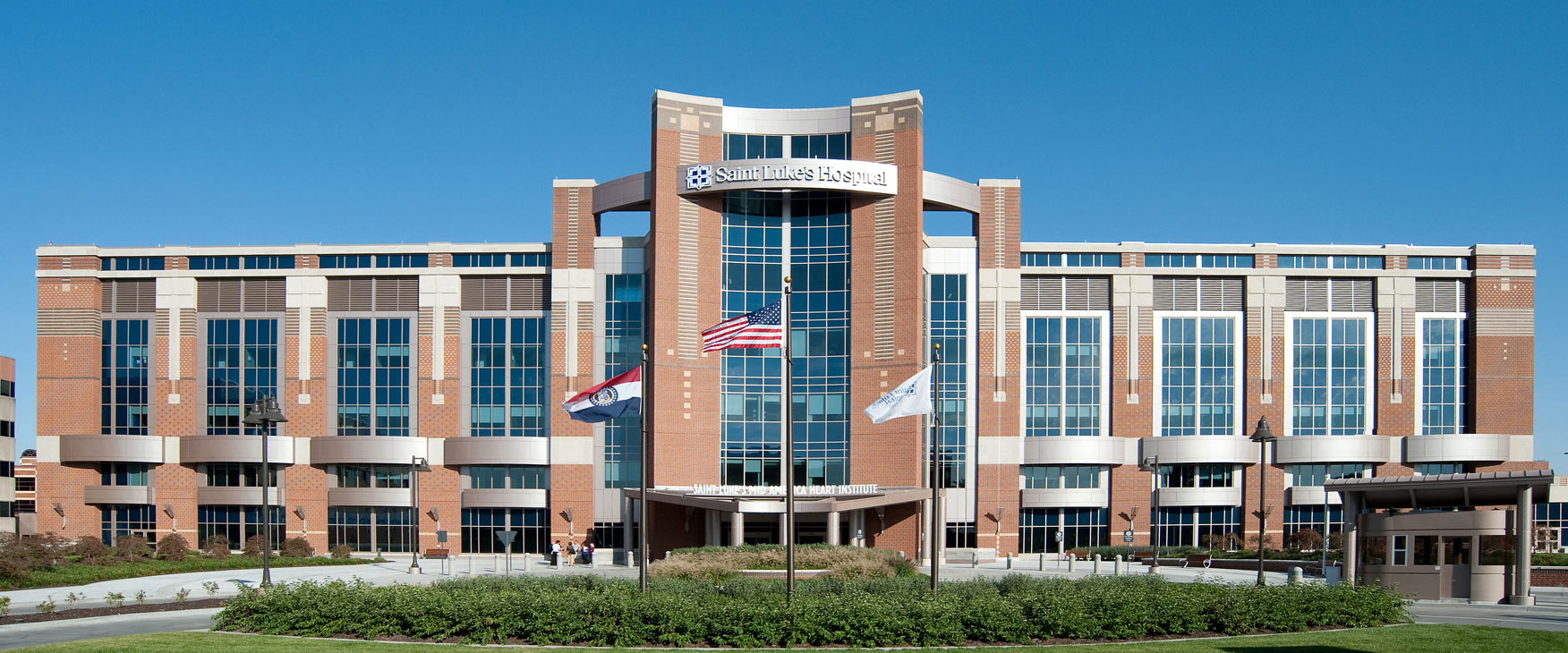Specialties & Services
With Saint Luke's, you can always count on personalized care at every stage to cover all your health needs. Explore our areas of specialty care to learn about conditions we treat and how our comprehensive services can meet your health and lifestyle goals.

Featured Clinical Care Options
We specialize in a wide range of clinical care programs to give you access to what you need for your health and well-being. From routine checkups to advanced procedures and life-changing treatments for your entire family, we're here to provide the care you need.
Cancer Care
Saint Luke’s Cancer Institute experts provide early detection, expert diagnosis, personalized treatment options, and the survivorship support you deserve.
Gastrointestinal & Digestive Care
Saint Luke’s GI specialists diagnose and treat diseases of the esophagus, stomach, small intestine, colon and rectum, pancreas, liver, gallbladder, and biliary system.
Heart & Vascular
Saint Luke’s Mid America Heart Institute experts blend advanced treatments with compassionate care for excellent outcomes.
Neurosciences
Saint Luke's Marion Bloch Neuroscience Institute is the region’s premier neuroscience provider dedicated to quality patient care, clinical excellence, research, and education. We understand the importance of specialized, patient-centered care and have several collaborative centers of excellence to deliver extraordinary care.
Obstetrics & Gynecology
Our team of OB-GYNs play a vital role in women’s health through all stages of life, from puberty to post-menopause, and our focus is on you and meeting your health care needs.
Orthopedics
Bone, muscle, and joint pain can interfere with every part of your daily life. Our orthopedic experts at Saint Luke's are on hand to get you moving again.
Primary Care
Saint Luke’s Primary Care providers are committed to personalized health care delivered with compassion. Our clinicians offer a full range of primary care services including preventive care, treating common conditions, managing chronic condition, and coordinating care with specialists.
Therapy & Rehabilitation
Emergency surgery or elective procedures, chronic disease or sudden illnesses, patients end up in the hospital for all sorts of reasons. No matter what brings you to Saint Luke’s, our inpatient and outpatient therapists will work to get you back to your best self.
Transplant
For decades, Saint Luke’s Mid America Heart Institute has been a regional leader in heart transplantation, consistently achieving excellent short- and long-term survival rates. Saint Luke’s Hospital Abdominal Transplant and Multispecialty Clinic provides a full range of services for gastrointestinal conditions, abdominal surgery, patients with liver disease, patients with complex kidney conditions, and those who require a liver or kidney transplant.